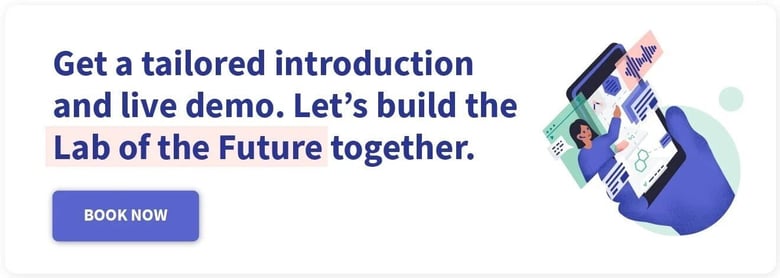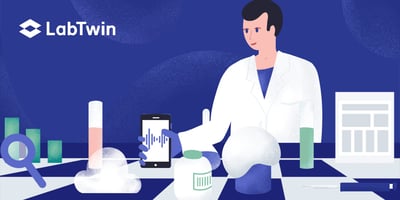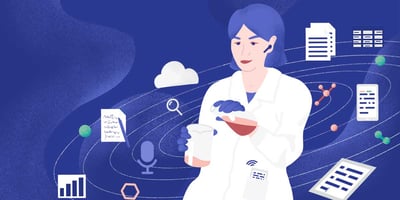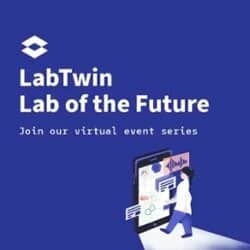First there was paper, then Electronic Lab Notebooks (ELNs), now there is LabTwin’s integrated hands-free digital lab assistant.
We are firmly in the age of big data. Scientists working today must navigate enormous and complex datasets and work within regulatory boundaries that are tighter than ever. To meet the needs of modern scientists, lab documentation and management systems have had to evolve from simple pen and paper to flexible, integrated digital tools.
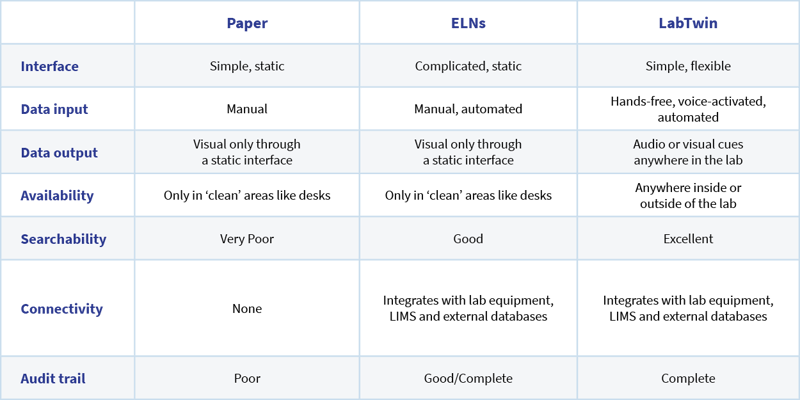
A table comparing the differences among three documentation methods: Paper, ELNs and LabTwin.
ELNs didn’t live up to their hype
ELNs were the first significant step away from paper-based lab documentation. They have been around for nearly two decades and promised to streamline lab documentation, reduce manual errors, help comply with regulatory guidelines and make inter-lab collaboration easier. However, in reality, ELNs can be expensive, time-consuming to implement and difficult to navigate (1). Many companies also report concerns about integrating ELNs with existing lab equipment (2).
Labs are holding on to paper
All these problems mean that the industry has been slow to adopt ELNs, with many labs choosing to stick with paper-based documentation. Paper has its own problems – paper lab books are difficult to search, bad handwriting can make them impossible to read, they can’t be readily shared with collaborators and they often don’t provide a regulatory-compliant audit trail (3). Furthermore, it’s next to impossible to store a large dataset such as a full genomics screen in a paper-based lab book.
ELNs and paper lab books can’t be used at the bench
ELNs and paper lab books have one key drawback in common – they can’t be used at the bench (4). Scientists often use hazardous chemicals or handle delicate cells and tissues during their experiments. If they want to record data or access information, they either have to take off their gloves and leave their experiment or jot down notes on paper and then transfer the information to their paper lab book or ELN when they get back to their desk. If researchers cannot interrupt their experiments, they have no option but to try to remember all the details and write them down later. However, most people can only keep 3 to 5 chunks of information in their short term memory (5). Therefore, it’s easy to miss small details. This can be the difference between success and failure when trying to reproduce an experiment.
LabTwin – a flexible, integrated, hands-free solution
LabTwin offers a different solution – a hands-free, truly mobile digital assistant that seamlessly integrates with lab equipment and other data sources. LabTwin allows scientists to record results and access data from anywhere in the lab. Unlike complicated, static ELN interfaces, scientists can choose how they want to interact with LabTwin – whether they want to dictate voice notes, have LabTwin speak back to them, or use visual cues to streamline their workflow. The digital assistant uses natural, intuitive ways to communicate, including listening, speaking and providing visual aids such as lights and images.
LabTwin can integrate into a lab and collate information from many different sources – including public information from external databases and published papers, as well as proprietary data such as experimental results from lab machines and internal informatics systems. Scientists choose the data sources they want LabTwin to access.
The digital assistant can guide researchers step-by-step through interactive protocols and answer their questions, for example queries about reagents or previous results. Scientists can take notes, record results, access information, set timers and reminders and much more simply by talking to LabTwin.
“Digital assistants will free employees up to work on the things that matter most. New forms of interactions such as voice or image recognition, in conjunction with machine learning technology, will push businesses further than ever before. LabTwin has the power to accelerate communication, unleash creativity and increase productivity by unshackling scientists from keyboards, desktops, and hard-to-access folder structures. It’s the digital twin always within reach.” - Magdalena Paluch, LabTwin CEO, and co-founder.
Download the whitepaper to learn how a digital lab assistant is leading the way in the digital transformation of the research laboratory.
References
- Machina & Wild.Electronic Laboratory Notebooks Progress and Challenges in Implementation.Journal of Laboratory Automation.2013
- Interoperability a Concern in 82.4% of Laboratories Progressing Toward the ‘Paperless’ Ideal. Pharma IQ.(Online) Accessed May 30, 2019 at https://www.pharma-iq.com/informatics/articles/interoperability-a-concern-in-824-of-laboratories
- The Digital Transformation of the Research Laboratory. eu and LabTwin.(Online) Accessed May 30, 2019 at https://mailchi.mp/labiotech.eu/the-digital-transformation-of-the-research-laboratory
- The Challenges of the (Electronic?) Lab Notebook. EPFL. (Online) Accessed May 30, 2019 at https://actu.epfl.ch/news/the-challenges-of-the-electronic-lab-notebook/
- The magical number 4 in short-term memory: A reconsideration of mental storage capacity. Behavioral and Brain Sciences. 2001.



